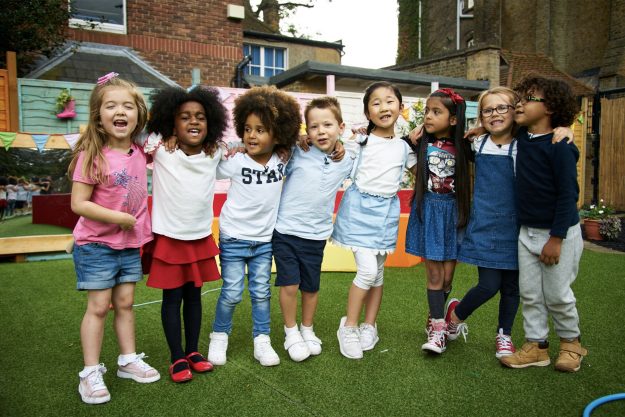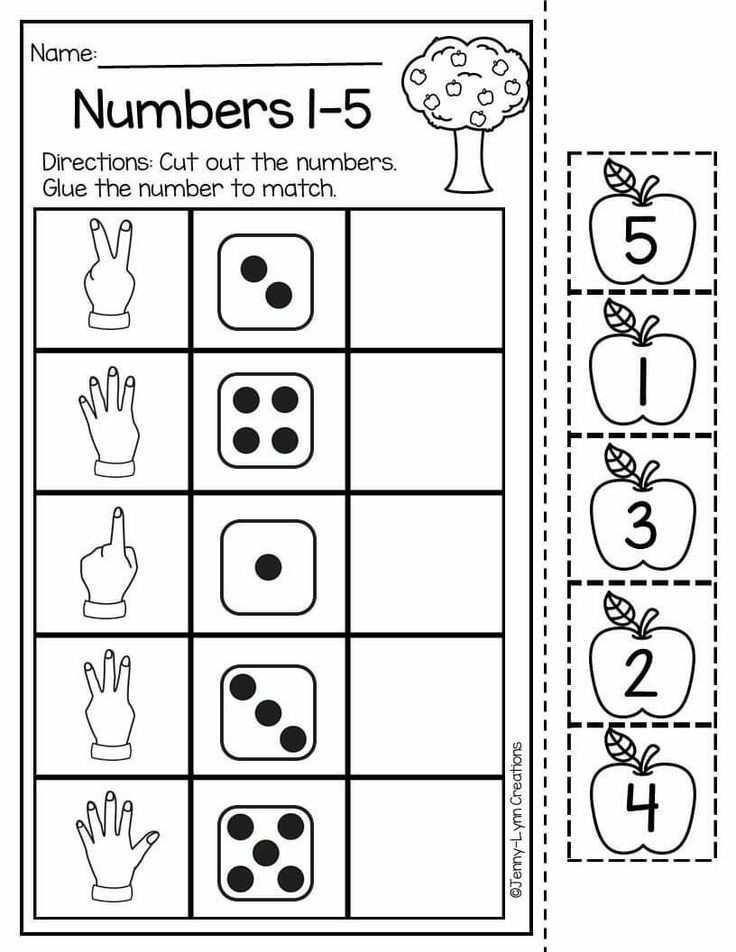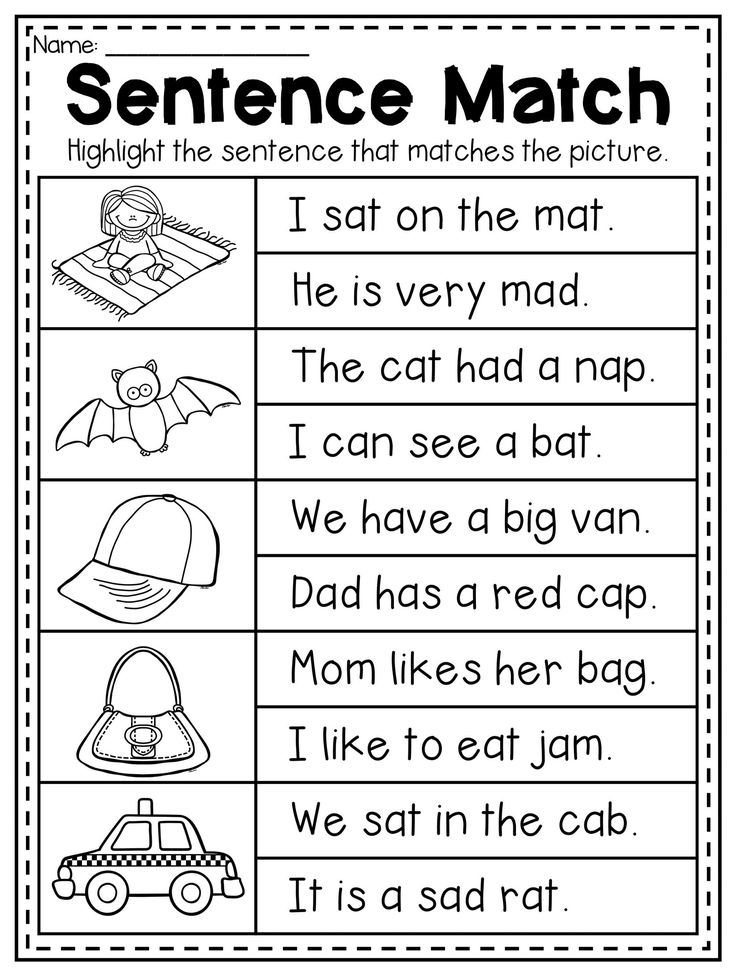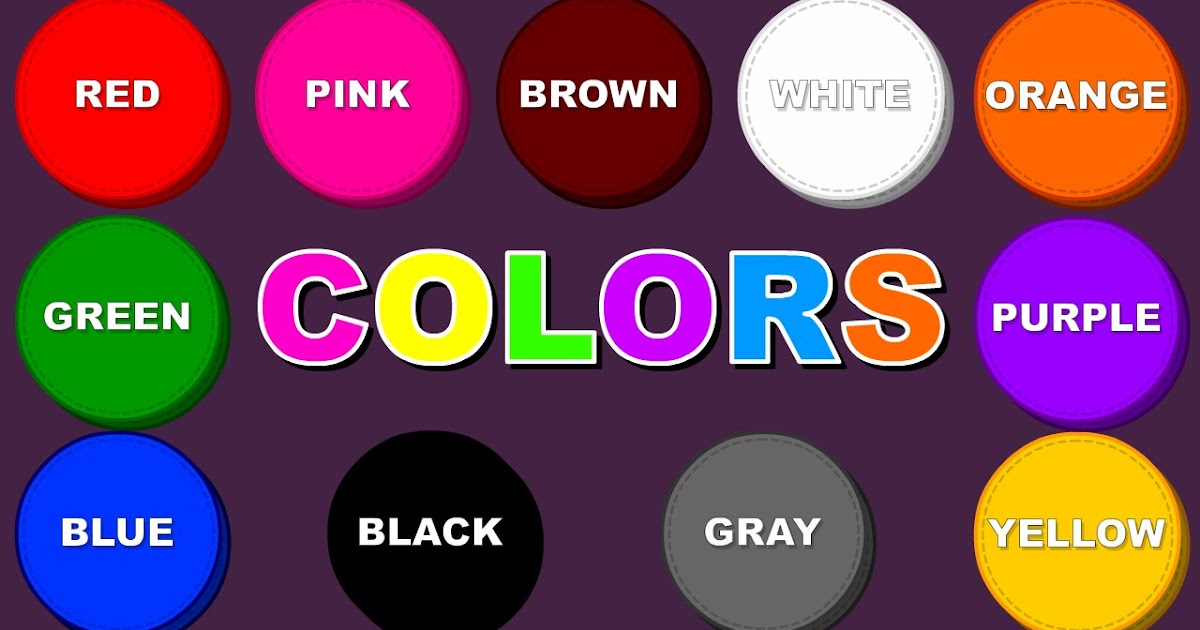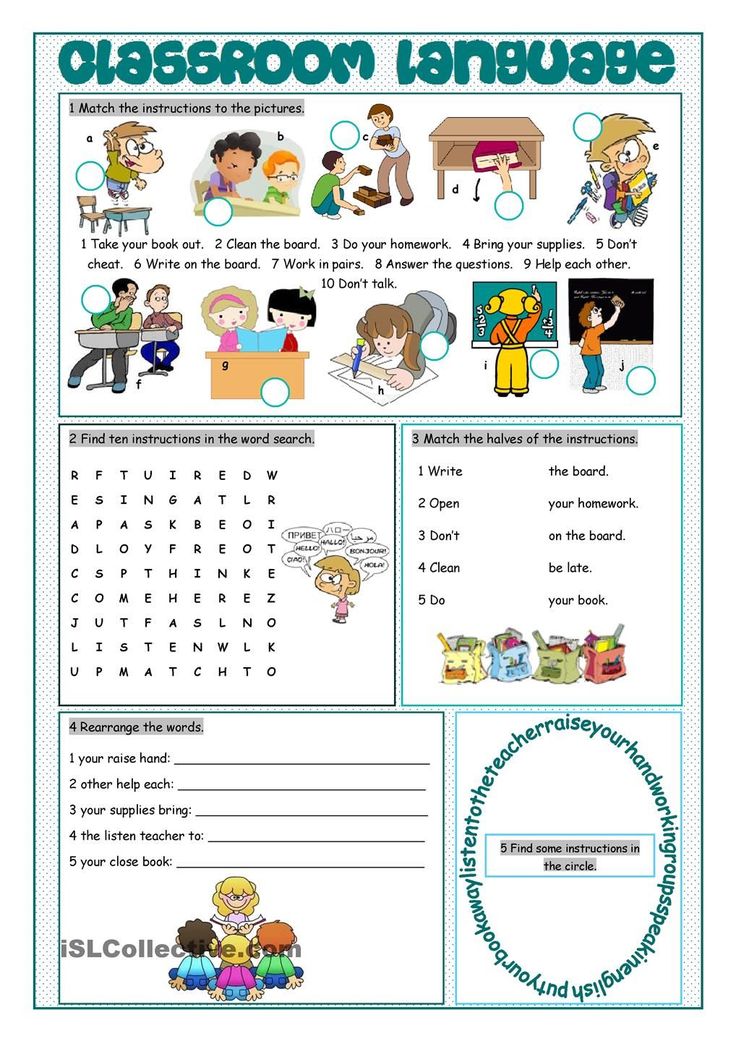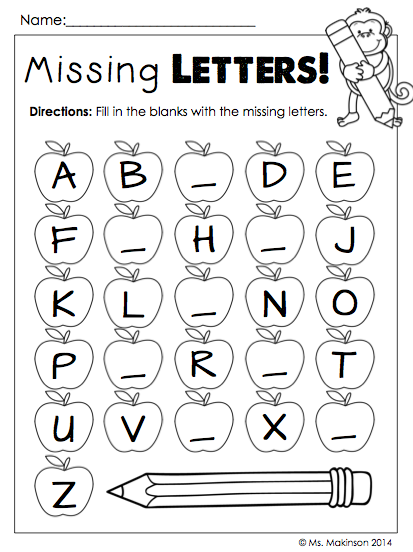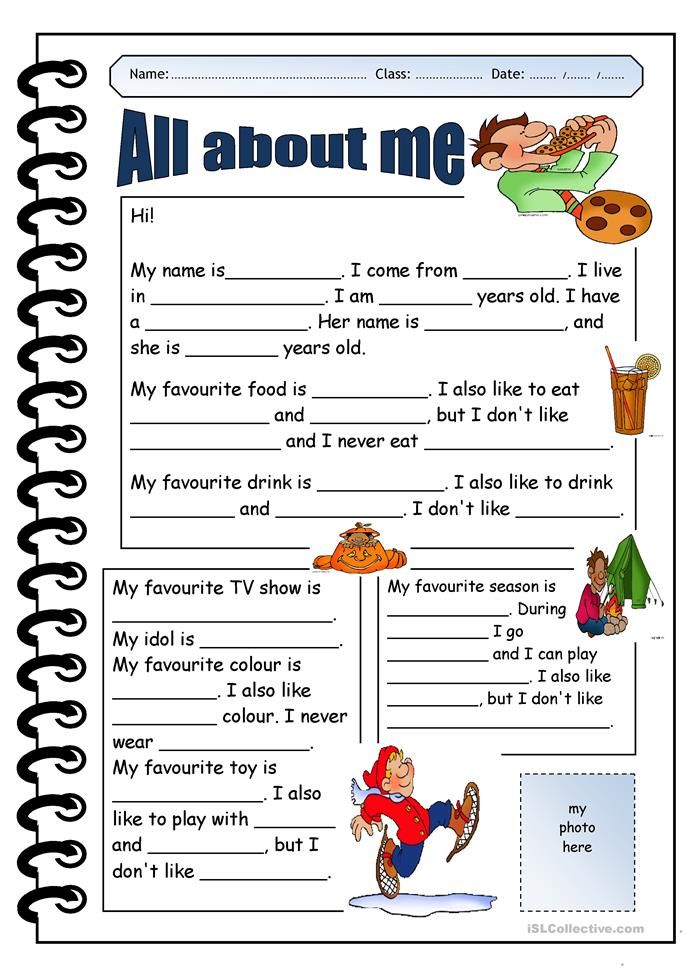Social skill lesson
9 Ways to Teach Social Skills in Your Classroom
Research and experience has told us that having social skills is essential for success in life. Inclusive teachers have always taught, provided and reinforced the use of good social skills in order to include and accommodate for the wide range of students in the classroom.
Essentially, inclusive classrooms are representations of the real world where people of all backgrounds and abilities co-exsist. In fact, there are school disctricts with curriculum specifically for social and emotional development.
Here are some ways in which you can create a more inclusive classroom and support social skill development in your students:
1. Model manners
If you expect your students to learn and display good social skills, then you need to lead by example. A teacher's welcoming and positive attitude sets the tone of behaivor between the students. They learn how to intereact with one another and value individuals. For example, teachers who expect students to use "inside voices" shouldn't be yelling at the class to get their attention.
In other words, practice what you preach.
2. Assign classroom jobs
Assigning classroom jobs to students provides opportunties to demonstrate responsibility, teamwork and leadership. Jobs such as handing out papers, taking attendance, and being a line-leader can highlight a student's strengths and in turn, build confidence. It also helps alleviate your workload! Teachers often rotate class jobs on a weekly or monthly basis, ensuring that every student has an opportunity to participate. Check out this list of classroom jobs for some ideas!
3. Role-play social situations
As any teacher knows, it's important to not only teach the students a concept or lesson but then give them a chance to practice what they have learned. For example, if we teach students how to multiply, then we often provide a worksheet or activity for the students to show us their understanding of mulitiplication. The same holds true for teaching social skills. We need to provide students with opportunities to learn and practice their social skills.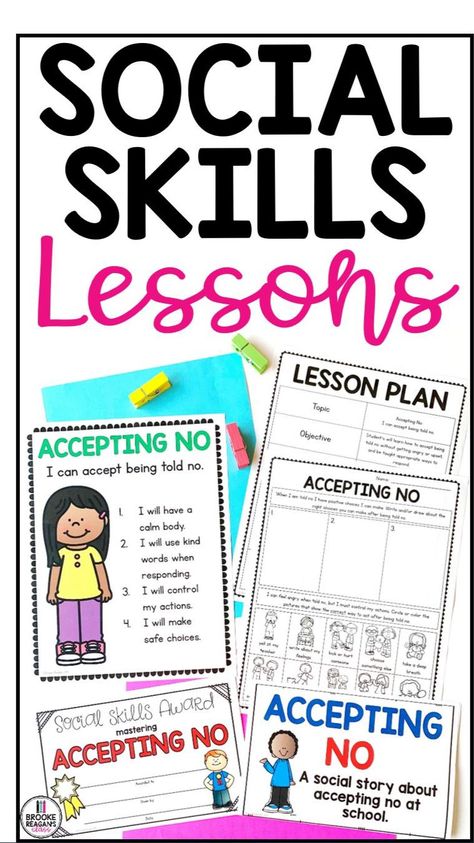 An effective method of practice is through role-playing. Teachers can provide structured scenarios in which the students can act out and offer immediate feedback. For more information on how to set-up and support effective role-playing in your classroom have a look at this resource from Learn Alberta.
An effective method of practice is through role-playing. Teachers can provide structured scenarios in which the students can act out and offer immediate feedback. For more information on how to set-up and support effective role-playing in your classroom have a look at this resource from Learn Alberta.
4. Pen-pals
For years, I arranged for my students to become pen-pals with kids from another school. This activity was a favorite of mine on many different academic levels; most importantly it taught students how to demonstrate social skills through written communication. Particularly valuable for introverted personalities, writing letters gave students time to collect their thoughts. It levelled the playing field for students who had special needs or were non-verbal. I was also able to provide structured sentence frames in which the kids held polite conversation with their pen-pal. Setting up a pen-pal program in your classroom takes some preparation before the letter writing begins.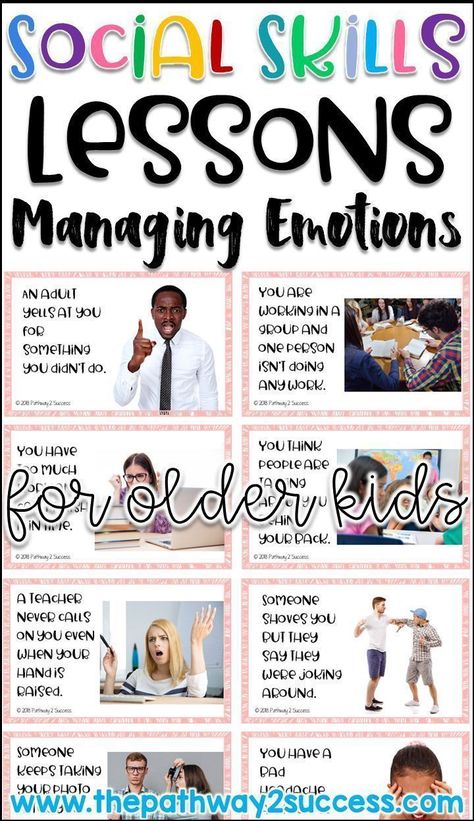 You want to ensure that students have guidelines for content and personal safety. This article, Pen Pals in the 21st Century, from Edutopia will give you some ideas!
You want to ensure that students have guidelines for content and personal safety. This article, Pen Pals in the 21st Century, from Edutopia will give you some ideas!
5. Large and small group activities
In addition to the academic benefits, large and small group activities can give students an opportunity to develop social skills such as teamwork, goal-setting and responsibility. Students are often assigned roles to uphold within the group such as Reporter, Scribe, or Time-Keeper. Sometimes these groups are self-determined and sometimes they are pre-arranged. Used selectively, group work can also help quieter students connect with others, appeals to extroverts, and reinforces respectful behavior. Examples of large group activities are group discussions, group projects and games. Smaller group activities can be used for more detailed assignments or activities. For suggestions on how to use grouping within your classroom, check out this article, Instructional Grouping in the Classroom.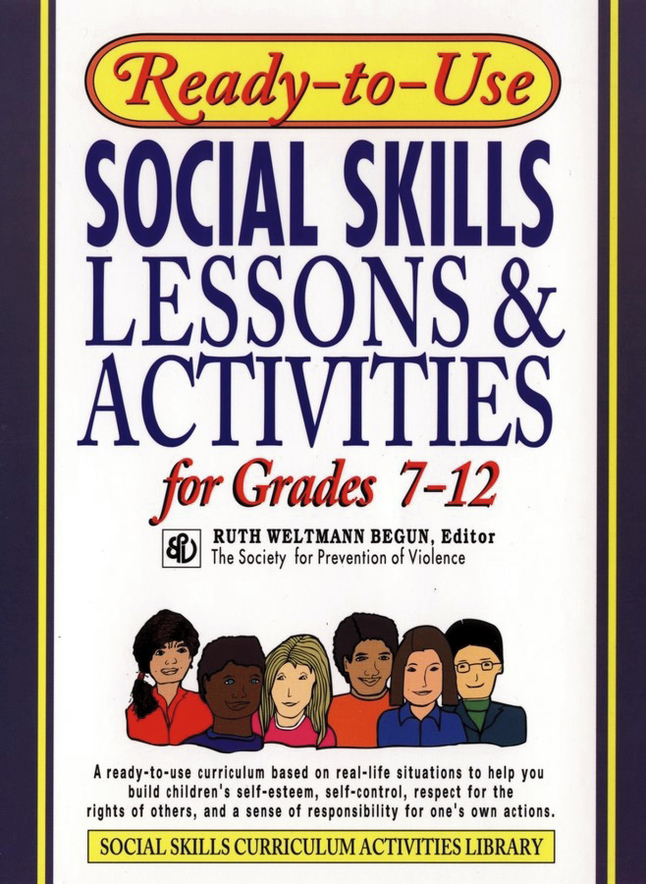
6. Big buddies
We know that learning to interact with peers is a very important social skill. It is just as important to learn how to interact with others who may be younger or older. The Big Buddy system is a great way for students to learn how to communicate with and respect different age groups. Often an older class will pair up with a younger class for an art project, reading time or games. Again, this type of activity needs to be pre-planned and carefully designed with student's strengths and interests in mind. Usually, classroom teachers meet ahead of time to create pairings of students and to prepare a structured activity. There is also time set aside for the teacher to set guidelines for interaction and ideas for conversation topics. Entire schools have also implemented buddy programs to enrich their student's lives. Here is an article that offers tips on how to start a reading buddy program.
7. Class stories
There are dozens of stories for kids that teach social skills in direct or inadvertant ways. Find strategies to incoporate these stories in your class programs. You can set aside some time each day to read-aloud a story to the entire class or use a story to teach a lesson. Better yet, have your class write their own stories with characters who display certain character traits.
Find strategies to incoporate these stories in your class programs. You can set aside some time each day to read-aloud a story to the entire class or use a story to teach a lesson. Better yet, have your class write their own stories with characters who display certain character traits.
8. Class meeting
Class Meetings are a wonderful way to teach students how to be diplomatic, show leadership, solve problems and take responsibility. They are usually held weekly and are a time for students to discuss current classroom events and issues. Successful and productive meetings involve discussions centered around classroom concerns and not individual problems. In addition, it reinforces the value that each person brings to the class. Before a class meeting, teachers can provide the students with group guidelines for behavior, prompts, and sentence frames to facilitate meaningful conversation. Here is a great article, Class Meetings: A Democratic Approach to Classroom Management, from Education World that describes the purpose and attributes of a class meeting.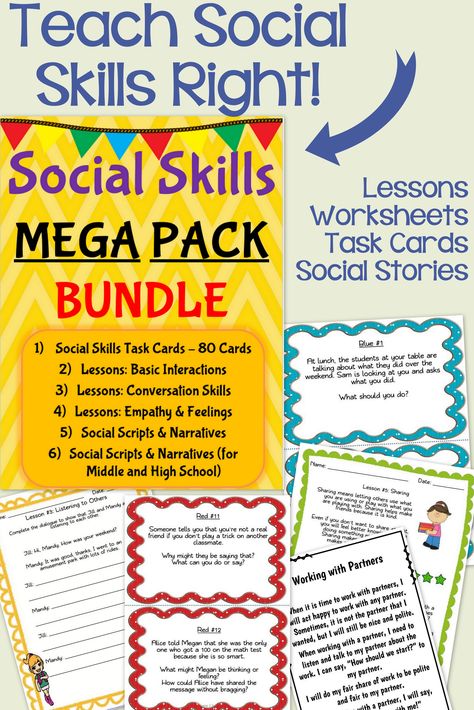
9. Explicit instruction
Finally, teachers can carve out a time in their curriculum to directly teach social skills to their students. Research-based programs such as Second Step provide teachers and schools with explicit lessons for social development. These programs can provide schools and classrooms with a common language, set of behavior expectations, and goals for the future. I have used programs such as Second Step in my classrooms with much success!
Nicole Eredics is an educator who specializes in the inclusion of students with disabilities in the general education classroom. She draws upon her years of experience as a full inclusion teacher to write, speak, and consult on the topic of inclusive education to various national and international organizations. She specializes in giving practical and easy-to-use solutions for inclusion. Nicole is creator of The Inclusive Class blog and author of a new guidebook for teachers and parents called, Inclusion in Action: Practical Strategies to Modify Your Curriculum.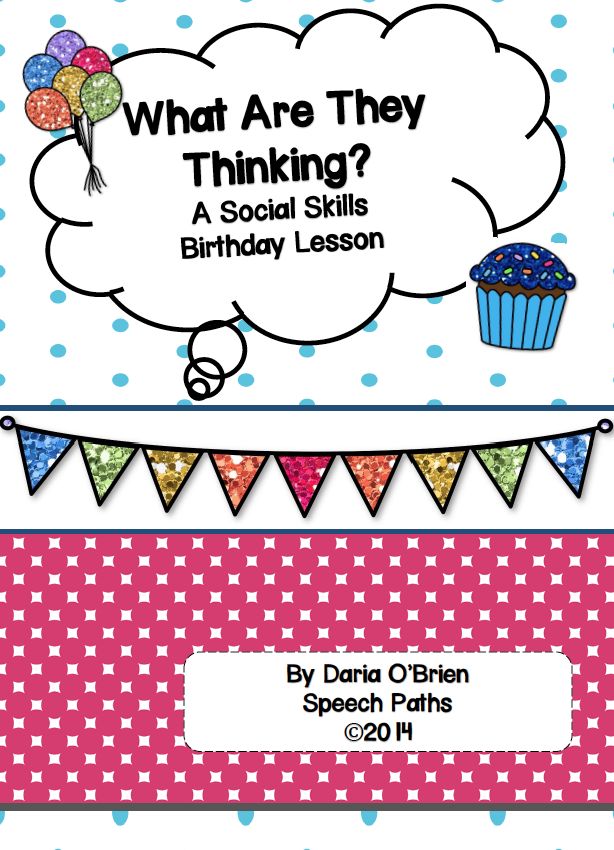 For more information about Nicole and all her work, visit her website.
For more information about Nicole and all her work, visit her website.
Related Topics
Social and Emotional Learning
Try These 5 Great Social Skills Activities for Students & Groups
Working as a school psychologist in the public school system for many years, I sometimes heard school counselors asking for advice about which social skills activities they should do with their students
Children in the group often had difficulty with skills such as:
- listening
- waiting their turn in conversation
- staying on topic
- sharing materials
- understanding another person’s feelings
- getting along with others
- resolving conflict
- appropriately expressing their own feelings
This article gives five suggestions for social skills activities for students and groups.
You may think these activities are more appropriate for elementary-age students but I think they can really be adapted for younger and older groups.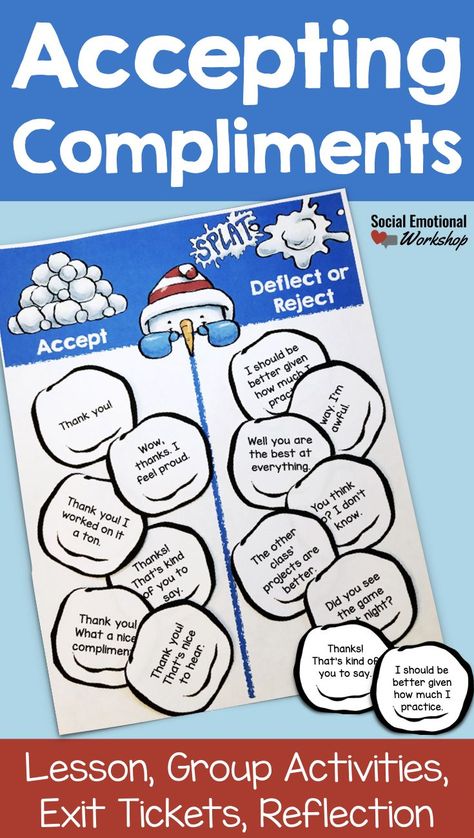
Activities can also be modified for a one-on-one situation such as parent/child or counselor/student.
What the research says about social skills instruction: Phillip C. Kendall, Professor of Psychology, reported the positive effects of using modeling and role playing, and teaching self-evaluation when teaching social skills.
Further research, such as Social Skills Training for Teaching Replacement Behaviors: Remediating Acquisition Deficits in At-Risk Students, confirms the benefits of intense social skills instruction.
Interactive Social Skills Books for Kids
5
Great Social Skills Activities for Students1. Use engaging conversation, demonstration, role-play and/or visuals to teach students what social skills are and why we need to use them.
See an example of social skills below:
When first introducing kids to a social skills group it is a good idea to have them understand what social skills are and why they are important.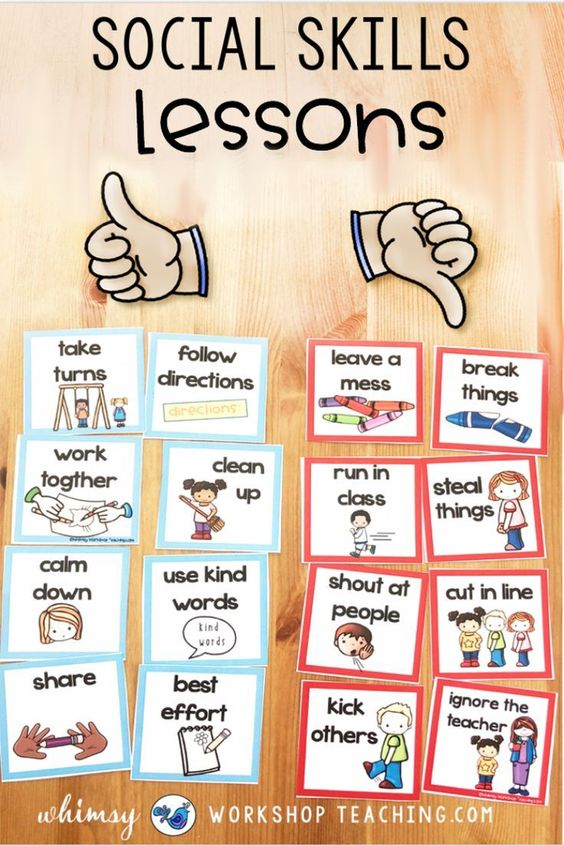
As a starting activity, write down different social skills (such as the ones from the list above) on individual slips of paper and put them in a bowl, hat, etc.
Have your students sit in a circle and pass around the slips of paper, taking turns pulling them out of the bowl one at a time.
When the student pulls the slip of paper from the bowl, ask them to say what the social skill means, have them give an example, and/or ask them to tell the rest of the group why that skill is important.
Give as much guidance and support as your students need to answer the questions. You may want to go first, to show the students how to do this activity.
Here is an example:
If a student picked “sharing materials” she could say “That means to let someone use something that you are using.
For example, if I am coloring with crayons I can let my friend borrow my crayons and color with me. Sharing is important because it shows others that you care about how they feel.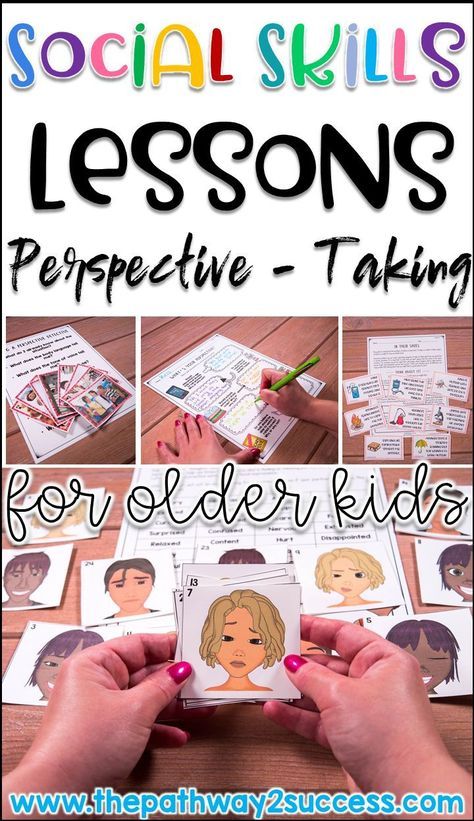 Part of being a good friend is sharing.”
Part of being a good friend is sharing.”
You could even have students act out the skills. So in this example, you can have one of your students pick materials to share with the other members of the group.
You can also let students create their own drawings of the skill you are talking about. To give you an idea of what I mean, below is a drawing of sharing:
Depending on the students’ skill and age level, frustration tolerance, and ability to sustain attention, you can do all of the suggestions I mentioned in this activity or just one.
You can break this into several lessons by only doing a few social skills at a time.
You also might want to add some skills that are not on the list such as showing empathy, staying on topic in conversation, and using manners.
Recommended Article: 15 Behavior Strategies for Children on the Autism Spectrum
2. Use games and fun activities to practice sharing, turn-taking, listening, following directions, encouraging others, and being polite.
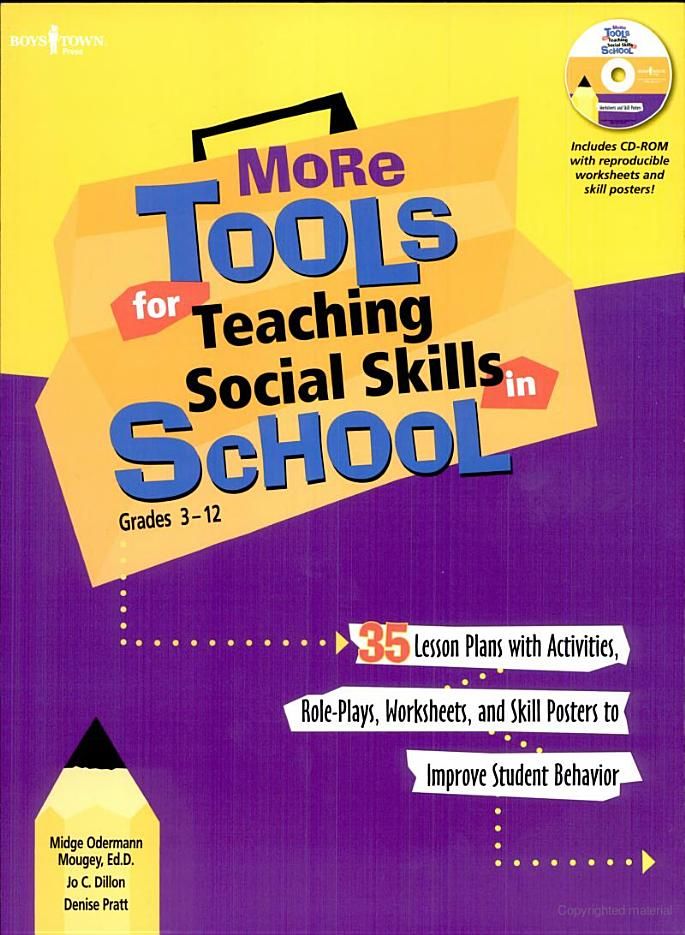
In the video below, the therapist uses bubbles as the prop. Other objects can be used to tailor this activity to students of different ages.
Imagine implementing this same lesson but using activities such as shooting a basketball in a net, playing with a remote control car, doing an activity on the computer, etc.
Recommended Article: 8 Fun Activities to Practice Social Skills with Your Child
3. Use conversation starters to create a dialogue between students or between counselor and student.
Then the youth is supposed to ask another person a question related to the topic they pick, and the other person is to ask a related question back.
This activity allows students to practice listening, taking turns in conversation, staying on topic, and expressing interest in another person’s thoughts, ideas, and/or life.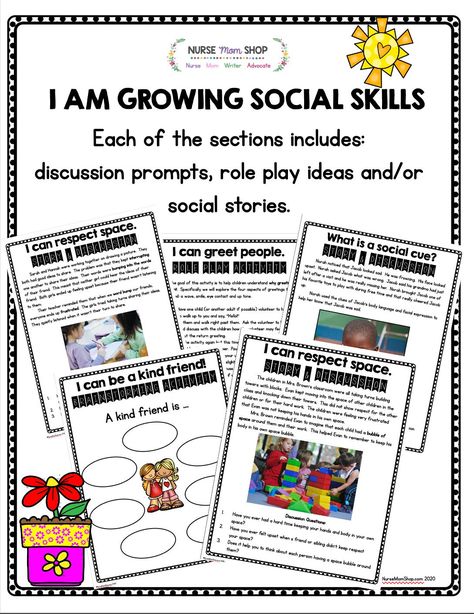 See examples in the video below.
See examples in the video below.
The counselor in the video below encourages the students to pick a topic from a slip of paper in a cup (e.g., friendship, fears, favorite activities, etc..)
4. Teach what is means to be a friend.
This next video gives you great ideas for how to talk to children about what it means to be a friend.
After you show the video, have your students:
- tell you what they learned about being a friend
- draw a picture that shows someone being a friend to another person
- and/or practice one of the skills in the video
For example, this video mentions being a good listener and sharing as two of the things good friends do, so as part of the lesson have your students practice listening to each other and/or sharing items.
Talk to your students about what it means to be an active listener (e.g., looking in the direction of the person who is talking, waiting your turn to speak, responding to what the person said, trying to understand how the other person might be feeling, etc.).
The “What it means to be a friend” lesson could be a great segue into the lessons above which hone in on sharing skills and conversation skills.
Related Article: How to End Bullying Part 1: 19 Tips for Parents and Teachers
5. Practice complimenting each other.
Speaking of being a good friend, complimenting others (a great friendship skill) is another nice activity to do with your group.
Set the expectations from the beginning that only kind words and respect for each other is allowed in the group.
For this activity, you could go around in a circle and have each student say something nice about someone else in the group.
To make sure everyone gets a turn to be complimented, put people’s names on slips of paper in the bowl and have them pass it around taking turns pulling out names.
This activity will get easier as the students get to know each other better.
If the students just met and are not sure what to say about each other, allow them to say something nice about a family member or friend outside of the group.
As the group gets to know each other, the compliments should be about the group members.
Side Note: To teach self-evaluation, discuss how you and your student(s)/client(s) did during each activity. Give specific feedback about what went well and discuss areas that need improvement.
Let your clients share their own thoughts and perceptions about how they did during the activity. Encourage your clients to think about their own behavior when they are involved in similar real-life scenarios.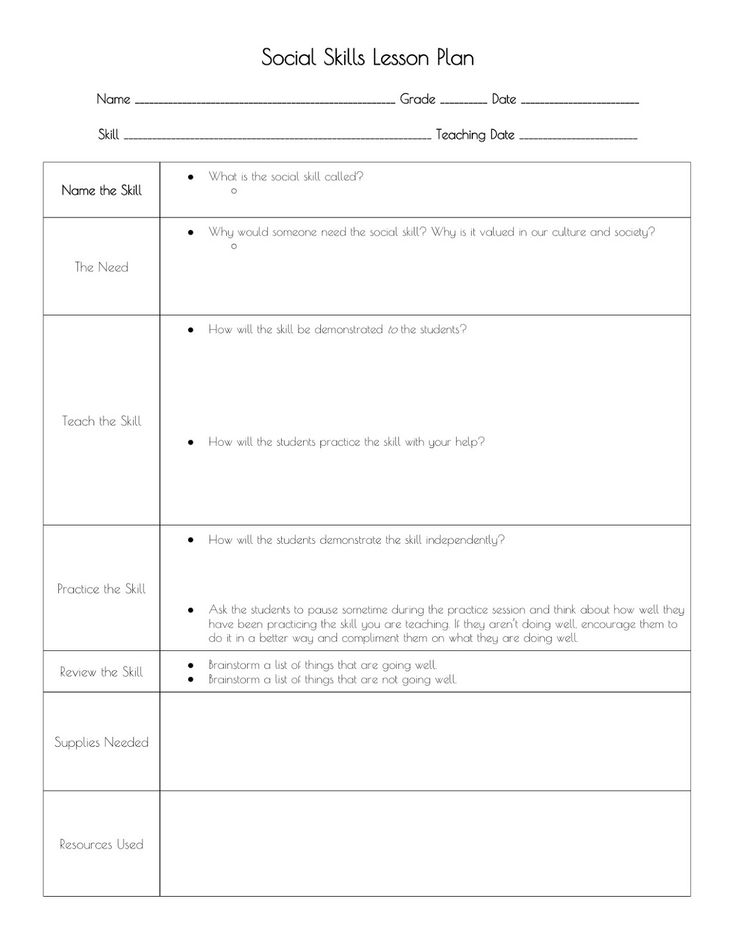
Education and Behavior – Keeping Us on the Same Page for Kids!
More Articles to Help with Social Skills
- 5 Great Activities to Do with Your Social Skills Group (Adolescents/Teens)
- Tips to Help a Child Not Be Alone at Recess or in the Cafeteria
- 5 Great Games to Play in a Social Skills Group
- 10 Great Books to Teach Social Skills to Children
- What Does Research Say About How We Can Teach Children to Have Empathy?
- 3 Research-Based Programs That Improve Social-Emotional Skills in School-Aged Children
- Engaging Social Studies Curriculum Shows Promise for Improving Social Skills in Students with Emotional and Behavioral Needs
- Interactive Book Helps Kids Understand the Power of Positive Choices!
- Theatre Teacher Shares Three Techniques to Increase Empathy in Students
- 5 Great Books to Teach Young Children About Empathy
- 9 Practical Strategies to Decrease Impulsive Behaviors in Children
- Roots of Empathy: A Research-Based Program that Counters Bullying
- 8 Fun Activities to Practice Social Skills with Your Child
Rachel Wise
Rachel Wise is the author and founder of Education and Behavior.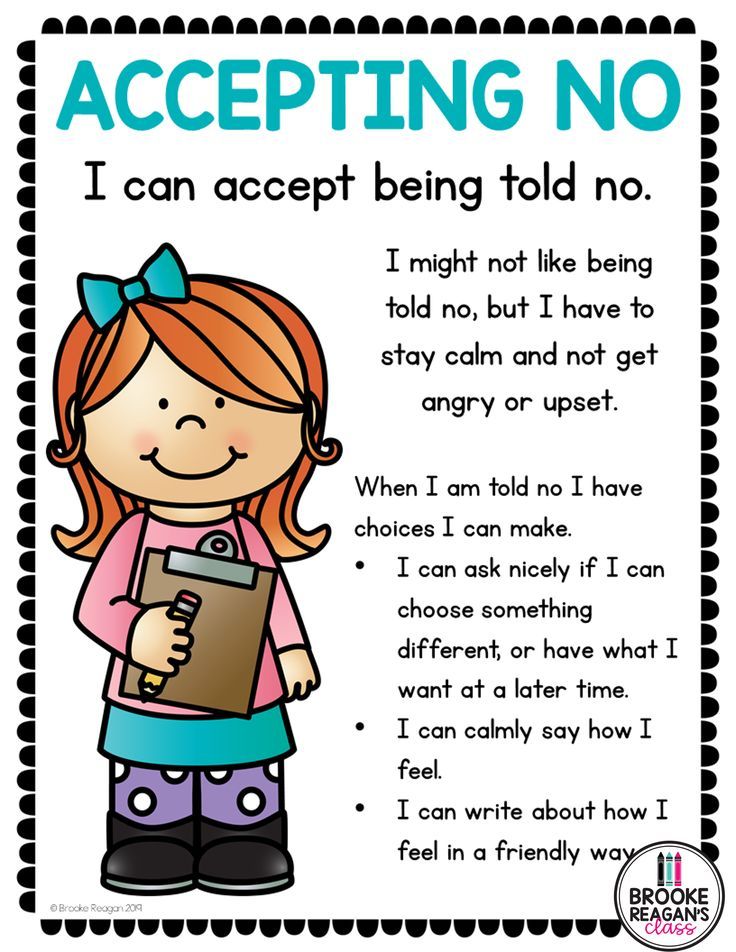 Rachel created Education and Behavior in 2014 for adults to have an easy way to access research-based information to support children in the areas of learning, behavior, and social-emotional development. As a survivor of abuse, neglect, and bullying, Rachel slipped through the cracks of her school and community. Education and Behavior hopes to play a role in preventing that from happening to other children. Rachel is also the author of Building Confidence and Improving Behavior in Children: A Guide for Parents and Teachers.
Rachel created Education and Behavior in 2014 for adults to have an easy way to access research-based information to support children in the areas of learning, behavior, and social-emotional development. As a survivor of abuse, neglect, and bullying, Rachel slipped through the cracks of her school and community. Education and Behavior hopes to play a role in preventing that from happening to other children. Rachel is also the author of Building Confidence and Improving Behavior in Children: A Guide for Parents and Teachers.
“Children do best when there is consistency within and across settings (i.e., home, school, community). Education and Behavior allows us to maintain that consistency.”
www.educationandbehavior.com
Sharing our content helps provide free tutoring to children in academic and financial need.
Find Out How To Become a Certified Self-Esteem Coach for Children
2022 North American Business Award Link for Education and Behavior thenewworldreport.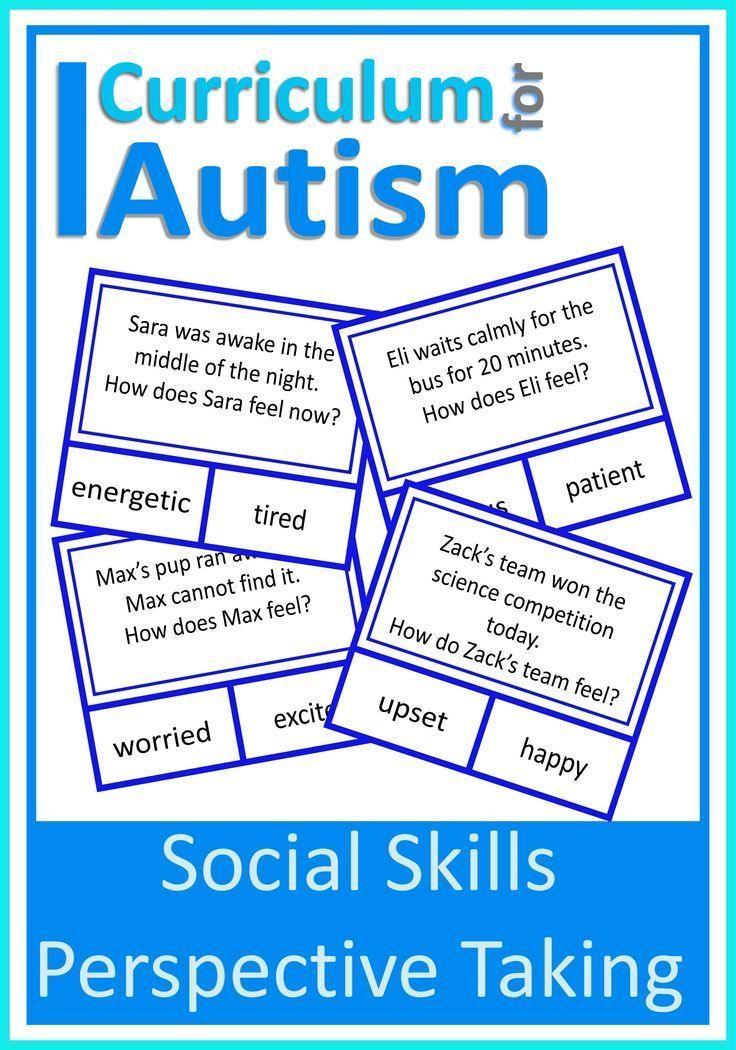 com/winners/educationandbehavior-com/
com/winners/educationandbehavior-com/
Thank you for being a part of what we are doing to support children around the world.
Social-emotional skills in school. Part 1.
As part of the project “University Environment for Teachers” of the Moscow City Department of Education, a program of several lectures was presented at the HSE Institute of Education, the participants of which were members of the Educational Spaces Design Studio. This article will focus on lecture “Forms of work in the classroom that contribute to the development of social and emotional skills of students” , author — Tatyana Kanonir , Associate Professor, PhD, co-director of the master's program “Measurements in Psychology and Education”.
There has been a lot of talk lately about the importance of developing social-emotional skills. The educational standards of basic and primary schools in Russia require the formation of students, along with subject educational results, meta-subject and personal educational results. It is under personal educational results that social-emotional skills are hidden.
Social Emotional Skills (SES) are skills that enable people to recognize and manage their emotions, successfully manage conflicts, understand and empathize with others, establish and maintain positive relationships, follow ethics, contribute constructively to their reference communities, set and achieve goals.
Different terms are used to refer to these “non-cognitive” skills: Soft Skills or “soft skills”, skills of the XXI century, emotional intelligence ... All of these concepts differ from each other in breadth of coverage and context of use, but have similar features: conceptual independence on cognition, total value for social adaptation, relative stability over time, potential change as a result of exposure , situational manifestation.
In this article we will focus on 2 social-emotional skills
- Achieving goals : working towards achieving short- and long-term goals, including in changing conditions:
- stability (ability to maintain stable work for a significant time),
- self-control (the ability to control one's state in the process of performing a task),
- striving for a goal (awareness of the need to achieve the goal - independent or set by the teacher).
- Collaboration with other people
- sociability (ability to establish and maintain social contacts),
- respect (tact and respect for peers and adults, including those from other cultures),
- caring (disinterested assistance to the interaction partner).
Exercises to help teachers develop these social-emotional skills in students
1. Formation of the skill of achieving goals
Exercise : mutual assistance in achieving individual goals (conducted in small groups)
- The teacher begins the lesson by telling the children about the difficulties people often face in achieving their own goals and suggests the most general strategies for overcoming these obstacles, writing the main points on the board. For example, it could be a list like this:
- frustration (depending on the audience, a more understandable term may be used, such as depression) that the goal is too difficult.
Possible strategies: relaxation, distraction, break from work.
- boredom . Possible strategies: set a shorter-term goal, give yourself a reward (such as a break or ice cream). too lazy to do the task. Possible strategies are: assign yourself a reward, think about how you will feel when you complete the task, or that if you do not study, you will let the whole group down.
- anxiety due to fear of failure . Possible strategies: remember situations in which everything worked out, relaxation techniques.
- frustration (depending on the audience, a more understandable term may be used, such as depression) that the goal is too difficult.
- Then the teacher formulates in writing an individual educational (or near-academic) goal for each of the children (it is better to do this work in advance) and divides them into groups.
- Children sit in a circle, each voices his goal and names the possible obstacles to achieving it. The rest of the group suggests possible solutions based on the information on the board or their own experience, and also try to suggest one action that they personally could help another child (for example, “I can call you on Friday and remind you that in you have to do the weekend…”, “I can call and find out how you are doing…”, “I can explain to you the material that you don’t understand…”, etc.
).
- In the next week, students discuss in groups their progress towards their goals, how they felt when they were helped by classmates, what kind of help was most useful.
Expected results : children learn to anticipate barriers to achieving a goal and think in advance about possible options for overcoming them, children learn to help others achieve their goals, ask for help and accept it.
2. Learning how to work with others
Exercise : learning together
projects - for example, to study material about a country, continent, scientist, physical phenomenon, etc.,
This exercise can have many variations, for example, “brain rings”, “debates” of representatives of different historical eras, etc.
According to the head of Educational Spaces Design Studio Rai Ivanovskaya, the task of forming and developing SES among students can definitely be solved with the help of designing the school space: forgot about the goals set (by the teacher or by themselves) - you can make a special stand in the class, on which they could write their goals, indicate the planned deadlines for achievement, indicate the expected obstacles and how they eventually coped with them. That is, this information is constantly “in sight” (the guys will not forget), and is also a demonstration of their success. In the event that someone does not cope with the task on their own, this is also visible and the teacher can “hint” to the students that their help and support is required (and this is already a manifestation of caring - that is, the skill of working together).
The stand itself must be visually attractive in design (with motivating phrases, for example), made of modern materials (marker film, cork, etc.) - so that children would be “pleasant” and interested in interacting with it.
Educational space design studio: we turn boring school interiors into bright and beautiful ones! View our work in the PORTFOLIO section.
By the way
Many currently existing SES assessment tools have disadvantages: they are based on purely local experience, data on the psychometric quality of methods are not published, there are practically no references to international experience, experience is often designed for individual assessment and is not scaled, and the result of assessment depends on the skills of the teacher and his attitude towards a particular student. However, if we do not have SES assessment tools, then we cannot draw conclusions about their development, can we?
The HSE Education Quality Monitoring Center, together with the Sberbank Charitable Foundation “Investment in the Future”, conducted a large-scale study of social and emotional skills in primary and secondary schools, based on an international research framework, associated with the Federal State Educational Standards for Primary and Basic Education, which resulted in developed monitoring evaluation tools.
It is important that the school as a whole (that is, different teachers) have a unified system of work on the socio-emotional development of children, as well as coordinated work within the teaching team, which is organized systematically and purposefully.
Target audience of SES development methods:
- whole class or whole school,
- risk group or children with a specific problem area (e.g. very shy),
- individual students experiencing severe stress, having situational problems or going through a period of crisis (for example, in the course of adapting to a new school team when moving from one school to another).
When reprinting a link to the website of the Educational Spaces Design Studio (www.design4school.ru) is required.
Development of social skills for safe behavior in preschool children | OBZh
Author: Paulzen Oksana Alexandrovna
Organization: MKDOU d / s No. 329 Novosibirsk
Settlement: Novosibirsk
and implemented on the basis of MKDOU d / s No. 329city of Novosibirsk.
The research problem is determined by the fact that every year there is an increase in the number of social, man-made, natural and other disasters, as a result of which there is an increase in child morbidity, injuries and mortality, and the problem of establishing a culture of life safety and a culture of health has not been studied extensively, and there is insufficient readiness of educational structures to the implementation of this process, as well as the low practice-oriented level of training of teachers, the lack of visual material on life safety and the culture of children's health, the uniformity of recommendations in the theory and practice of teaching the basics of life safety, the lack of competence of parents in this matter, their workload and joint activities in kindergarten and at home.
The presence of a problem implies the need to take measures to solve it. We decided that the creation and implementation of the project "Development of social skills of safe behavior in children of senior preschool age" School of Arkady Parovozov "will answer a number of questions on this topic.
Our kindergarten has been dealing with the problem of developing social skills of safe behavior in preschool children since 2016. Work in this direction was carried out through the implementation of projects, the main focus of which was health-saving.
The project was implemented in several stages: informational, organizational, testing, reflective.
Duration of the implementation of the partial program "School of Arkady Parovozov" - 2 years.
Duration of educational situations:
First year of study (senior group) - 36 lessons, once a week, no more than 25 minutes.
Second year of study (preparatory group) - 36 lessons, once a week, no more than 30 minutes.
Group education dominates, it contributes to a good psychological climate in the group and is the most intensive form of education. Classes are held in groups, in specially equipped rooms with audio and video equipment.
Systematized work with parents on the development of forms of interaction "child - parents". Organization of meetings (general and group) in order to inform parents about joint work and stimulate their active participation in it.
In order to assess the effectiveness of the implementation of the partial program for the development of social skills of safe behavior in children of senior preschool age "School of Arkady Parovozov", periodically (3 times a year: September, January and May) the educational process is monitored, i.e. data is collected about the degree of implementation of the educational goals set in the project, including the individual characteristics of the development of each child. The most important method of pedagogical monitoring is the systematic monitoring of changes in various areas of children's development, obtaining information about the individual characteristics of each child and the dynamics of his progress in development. Carrying out systematic work within the framework of the partial program "School of Arkady Parovozov", we came to the conclusion that teaching children is not limited to only one lesson, a child learns a significant part of the knowledge and skills without special training - in everyday communication with adults, peers, during games , observations, experiments.




